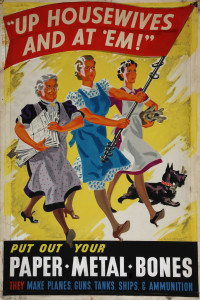This article builds upon recent scholarship on the recycling – or ‘salvage’ – schemes organized by the British government during the Second World War. Viewing the act of recycling as part of an interactive ‘communications circuit’, it uses records produced by the Ministry of Information to analyse the development of publicity produced for the national salvage campaign. Particular attention is paid to the public’s role in shaping the course of the campaign. By demonstrating that a disjuncture between publicity and perceptions of inaction led to a sense of frustration, the article suggests that this example complicates the notion of a ‘people’s war’.
Combined operations in Britain’s pre-1914 strategy have been portrayed as fantastical, envisioning troop landings on Germany’s Baltic coast. These plans were apparently much in vogue during Admiral Sir John Fisher’s first term as first sea lord. Recent interpretations have also argued that Fisher never seriously considered amphibious projects over an economic strategy. This article will demonstrate that amphibious plans were central to the royal navy’s strategy against Germany but were limited to supporting a North Sea/Baltic observational blockade. Significantly, in 1905 and 1908, it was the army that proposed landings in northern Germany and Denmark, not the admiralty.

